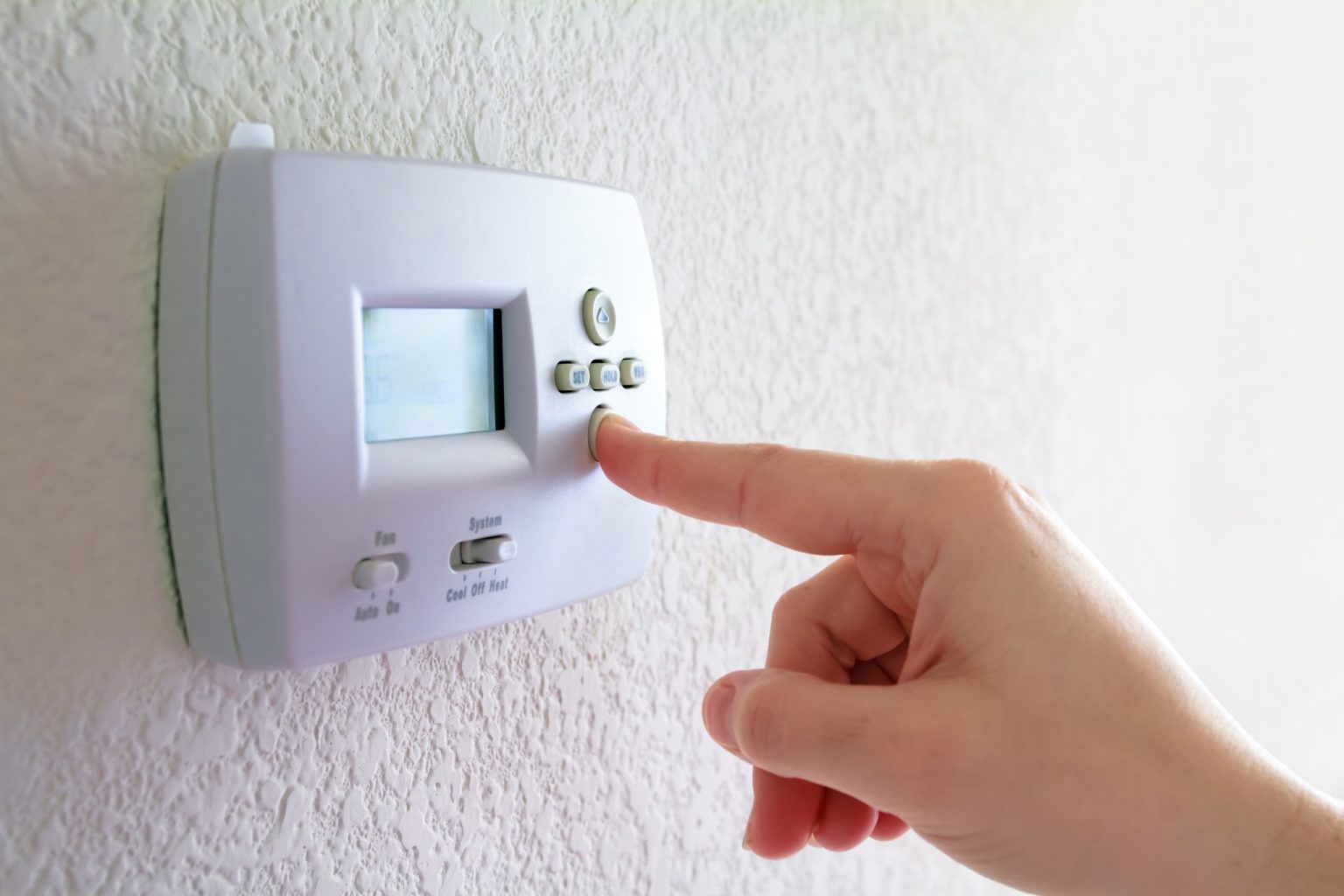Why Your Thermostat Placement Matters: Optimizing Your HVAC System

Your home’s HVAC system plays a vital role in keeping you comfortable year-round. But did you know thermostat placement can significantly impact its efficiency and performance? That’s right – where you install your thermostat can make a big difference in how well your HVAC system operates. If your placements are uneven or overused, it can cause not only a loss of efficiency but also uneven temperatures throughout your home.
Placing the thermostat in a central location away from heat sources, drafts, and direct sunlight ensures that it can effectively regulate the temperature throughout your home. By paying attention to where you install your thermostat, you can optimize its functionality and maximize the effectiveness of your heating and cooling systems. Because of that, here are a few tips and best practices about the importance of your thermostat placement.
The Importance of Thermostat Placement
Temperature Accuracy
The primary function of a thermostat is to accurately measure and regulate the temperature throughout your home. However, if your thermostat has poor placement, it can affect the readings, and cause inaccurate readings. This can cause you to use more energy than needed, reducing efficiency.
Placing the thermostat near heat sources, such as windows, direct sunlight, lamps, or appliances, can lead to inaccurate readings. As a result, your HVAC system may cycle on and off unnecessarily, meaning more maintenance, more energy, and more cost.
Uneven Heating and Cooling
If your thermostat is located in a room that differs significantly in temperature from the rest of your home, it can lead to uneven heating or cooling. For example, placing a thermostat in your basement can cause uneven heating, as basements are usually cooler areas than the rest of your home.
The same goes for rooms with a lot of direct sunlight, like foyers rooms with large windows. If a room receives direct sunlight or is prone to drafts, it may register a higher or lower temperature than other areas, causing your HVAC system to underperform in maintaining the consistent temperatures you may need during harsh seasons.
Short Cycling
Short cycling occurs when your HVAC system turns on and off frequently, often due to inaccurate thermostat readings. This can also occur when you constantly change your temperatures. Switching from heat to air conditioning constantly can strain your system, leading to increased wear and tear, higher energy bills, and reduced lifespan.
Proper thermostat placement helps prevent short cycling by providing accurate temperature readings and allowing your HVAC system to operate efficiently.
Energy Efficiency
Because of all these issues, improper placement can also lead to a loss in energy efficiency in your home. Optimizing the placement of your thermostat can contribute to greater energy efficiency, and save you money on constant maintenance and repairs.
Make sure your thermostat is installed in a central location away from heat sources and drafts. This can help your HVAC system maintain more stable temperatures without overworking it. This, in turn, can lead to lower energy consumption and reduced utility costs.
Best Practices
Central Location
Ideally, install your thermostat in a central location within your home, away from direct sunlight, drafts, and heat sources. This helps ensure that it accurately reflects the average temperature throughout your home. This room depends on the layout of your specific home but usually falls in a main living room, family room, or internal hallway.
Interior Walls
Mount the thermostat on an interior wall rather than an exterior one. Interior walls are less susceptible to temperature fluctuations caused by outdoor conditions, providing more consistent readings. This means making sure your thermostat is not placed on a wall with windows or vents.
Avoid Obstructions
Ensure that the thermostat is not obstructed by furniture, curtains, or other objects that could interfere with airflow or block any sensors. Avoid placing anything on top of them, including clear boxes, drapes, or paintings. They should also be placed rather high from the ground to avoid inaccurate readings. Ideally, your thermostat placement should be between 52 and 60 inches from the ground.
Consistency
If you have multiple zones in your home with separate thermostats, make sure they are all set to similar temperature settings. This can help prevent uneven temperatures and ensure balanced heating and cooling throughout your home. This usually occurs in larger homes or houses with multiple floors. While the temperatures do not have to be the same, make sure that if you are heating a home, all thermostats are set to heat, and vice versa for air conditioning.
Ensure Ideal Thermostat Placement with Beach Air HVAC
Don’t overlook the importance of thermostat placement! It may seem insignificant, but where you install it can make a huge difference in your HVAC system’s performance and your overall comfort. If you’re installing a new thermostat system, make sure to asses your home and find the right place to for the most accurate temperature control and comfort in your home.
Turn to expert advice and solutions when determining your thermostat placement. Beach Air HVAC are your trusted local HVAC technicians ready to take on any problems you may have year-round. Learn more about how we can help or give us a call at 843-796-3798 for a consultation.
